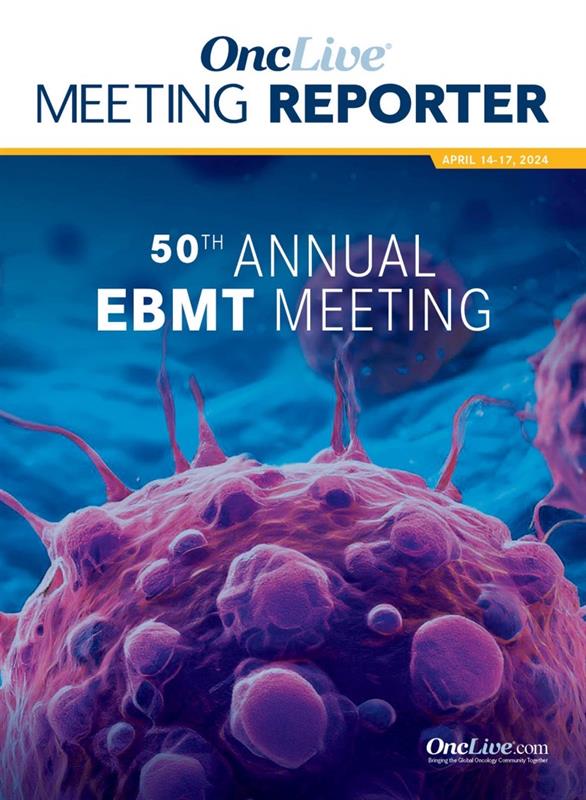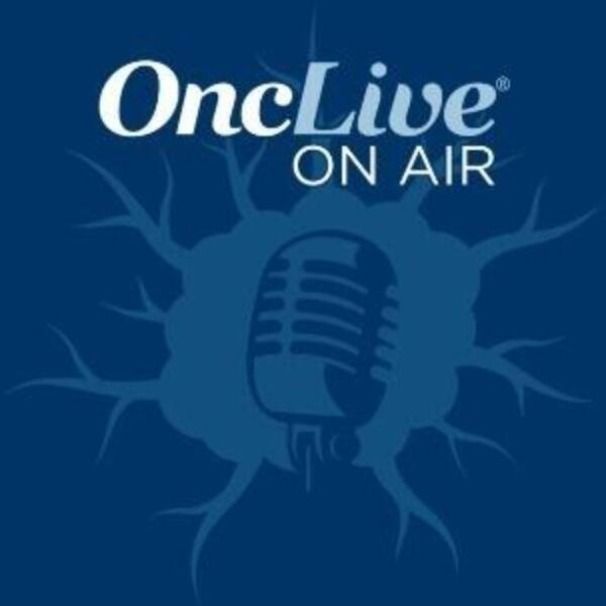News
Article
Simulations Improve CAR T-Cell Therapy Understanding and Administration Confidence
Author(s):
Simulation-based education can improve health care professionals’ understanding and confidence regarding the treatment of patients with CAR T-cell therapy.
Jack Gallagher

Simulation-based education can improve health care professionals’ understanding of the treatment of patients with CAR T-cell therapy and elevate confidence and preparedness levels regarding patient care across health care disciplines, according to a presentation given at the 50th Annual EBMT Meeting.1
A simulation-based education initiative that aimed to improve the confidence and competence of undergraduate and postgraduate health care professionals at St George’s who treat patients receiving CAR T-cell therapy at the St George’s Advanced Patient Simulation and Skills Centre in London, United Kingdom, significantly improved health care professionals’ understanding of the pathway of patients who receive CAR T-cell therapy. The results showed Likert survey responses of 1.60 before participation in the course vs 3.76 after course participation (P < .001).
“As a simulation and skills center, we have extensive experience over the past 20 to 25 years of both developing new courses to help multidisciplinary team members and health care professionals improve their skills, as well as delivering well-established courses like advanced trauma life support,” Jack Gallagher, anesthetics trainee and simulation fellow at St George’s University Hospitals NHS Foundation Trust in London, said in the presentation.
CAR T-cell therapy is associated with risks and life-threatening toxicities, such as cytokine release syndrome (CRS) and immune effector cell–associated neurotoxicity syndrome (ICANS). According to the 2021 Best Practice Recommendations of the EBMT, JACIE, and EHA, early recognition of these adverse effects, as well as comprehensive multidisciplinary team involvement that includes intensive care unit (ICU) and neurology specialists, are crucial for delivering safe and effective care and improving outcomes of patients receiving CAR T-cell therapy.2
Accordingly, Gallagher and colleagues conducted a multistage educational platform consisting of a learning needs analysis, intervention design and delivery, and evaluation of the intervention.1 The learning needs analysis first comprised semistructured focus group interviews with key stakeholders at St George’s, from which the investigators identified the learning needs of multidisciplinary team members at the center. Those needs were compiled in a formal thematic analysis that was used to design a 1-day simulation-based course that was designed to follow a patient through the CAR T-cell therapy process, from CAR T-cell center admission and receipt of therapy to discharge from the center. Course participants consisted of a range of multidisciplinary team members, including doctors, nurses, allied health professionals, and pharmacists. Participants were given a 1-hour lecture consisting of an overview of CAR T-cell therapy, its associated toxicities, and general care of patients receiving this therapy.
After the lecture, participants gained hands-on experience through 4 simulation-based sessions that used trained actors and high-fidelity mannequins to simulate communication situations and CAR T-cell therapy–associated toxicities. In simulation 1, participants followed a patient through CAR T-cell center admission and shared information with the patient. In simulation 2, participants cared for a deteriorating patient experiencing grade 1/2 CRS or ICANS. In simulation 3, participants cared for a critically unwell patient in the ICU experiencing severe CRS or ICANS that required collaboration with neurology and ICU colleagues. In simulation 4, participants communicated with the patient regarding discharge from the CAR T-cell center and addressed some of the patient’s psychosocial and holistic needs.
“Some of the unique advantages of this are that participants come from different backgrounds and can learn from each other in a safe and supportive environment,” Gallagher emphasized in the presentation.
A total of 48 health care professionals participated in this course over 3 days, 42 of whom completed Likert surveys before and after course participation. Likert scores ranged from 1, meaning not at all, to 5, meaning very, in response to questions regarding participants’ preparedness, understanding of resources, understanding of the patient pathway, and confidence.
In addition to the observed improvement in participant understanding of the CAR T-cell patient pathway, these survey results also demonstrated improved mean Likert scores regarding confidence when treating patients using CAR T-cell therapy (pre-course, 1.36 vs post-course, 3.38; P < .001), self-assessed preparedness when treating patients (1.71 vs 3.76; P < .0010), and understanding of the availability of relevant resources to help treat patients using CAR T-cell therapy, including nationally and internationally available guidance, as well as local protocols and resources (1.43 vs 3.76; P < .001).
An expanded version of the course is planned to take place regionally throughout London.
“The feedback we’ve had from participants and from colleagues working on the shop floor at our center has been really positive,” Gallagher concluded in the presentation. “This [course] is unique in terms of the opportunities it provides our colleagues at our center and in centers around London to develop their skills in a safe place and to translate some of the knowledge which they’ve already been obtaining from online materials and lectures they’ve attended and try to put them into practice.”
References
- Gallagher J, Fernando A, Sureshkumar S, et al. Interprofessional simulation-based education at a new CAR T centre: the CARTELS approach. Presented at: EBMT 50th Annual Meeting; April 14-17, 2024. Glasgow, Scotland. Abstract OS02-05.
- Hayden PJ, Roddie C, Bader P, et al. Management of adults and children receiving CAR T-cell therapy: 2021 best practice recommendations of the European Society for Blood and Marrow Transplantation (EBMT) and the Joint Accreditation Committee of ISCT and EBMT (JACIE) and the European Haematology Association (EHA). Ann Oncol. 2022;33(3):259-275. doi:10.1016/j.annonc.2021.12.003









